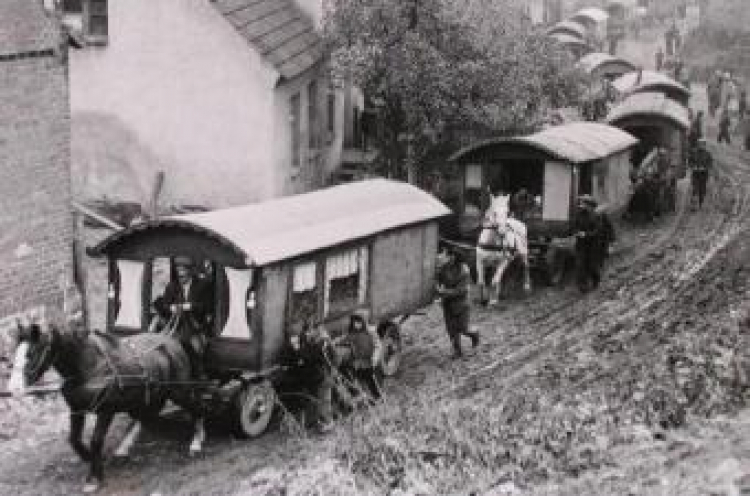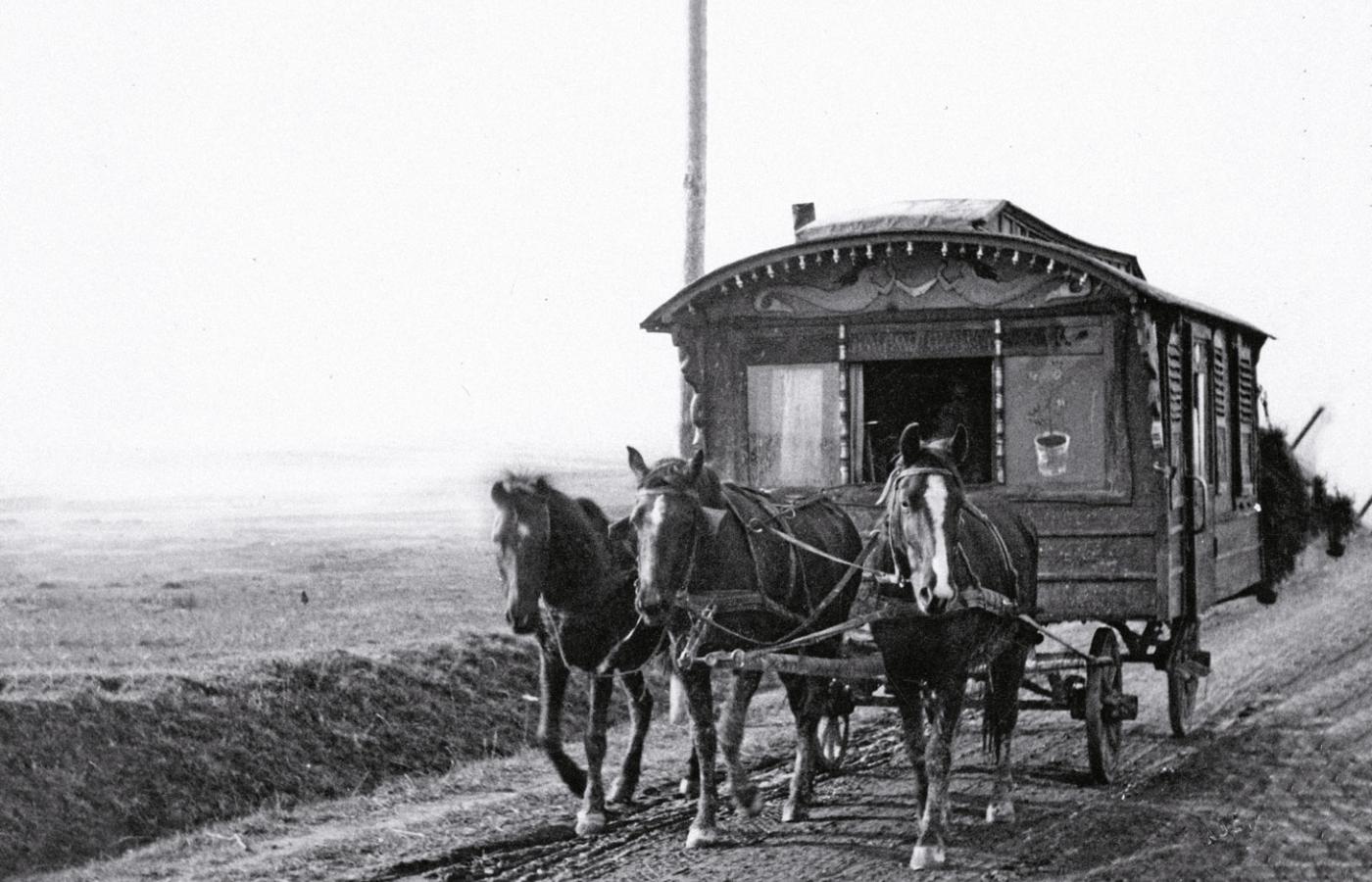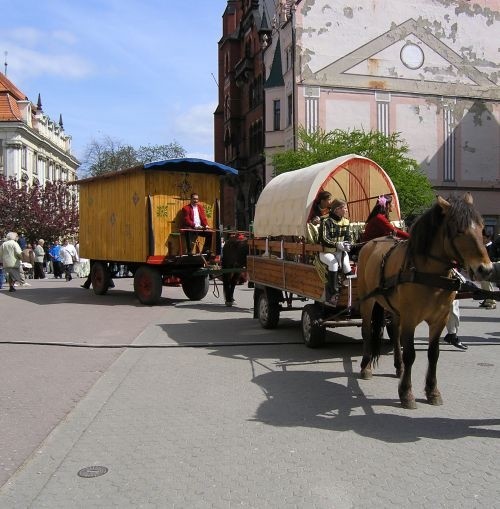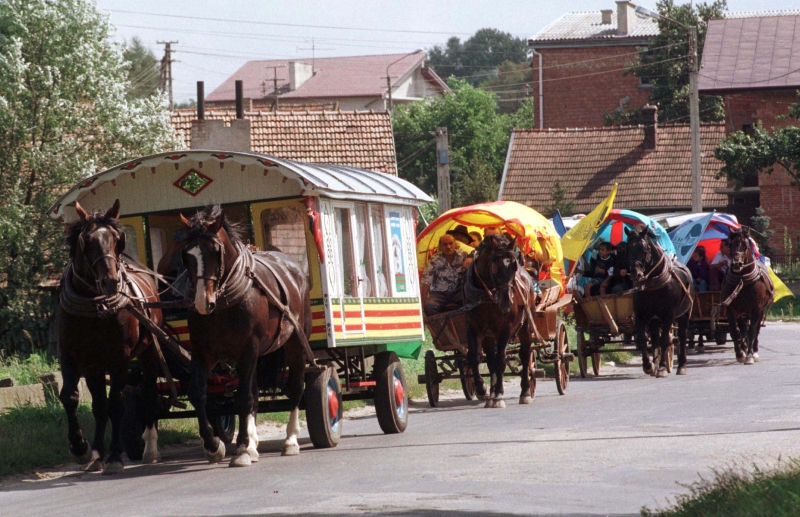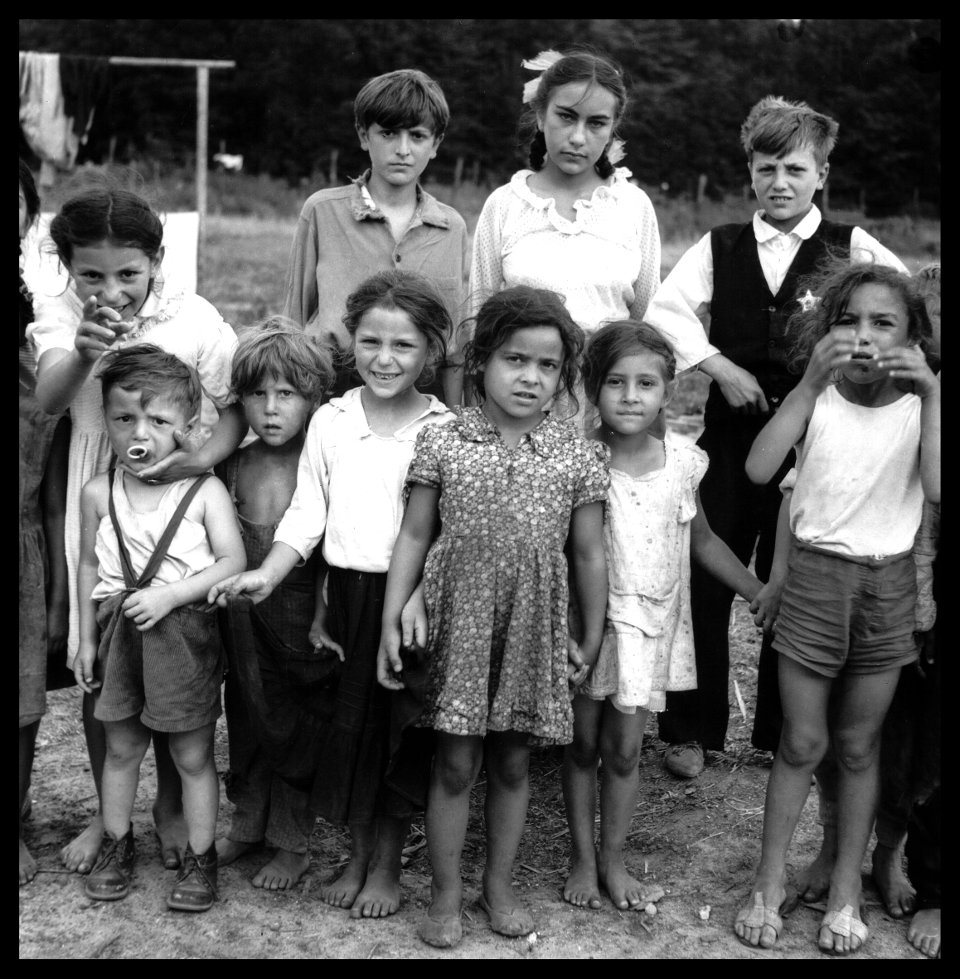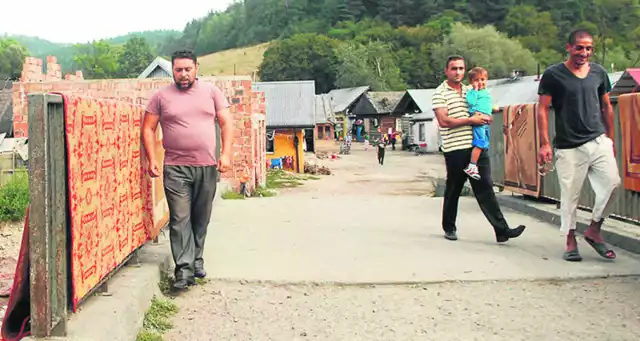Post by Bonobo on Feb 11, 2024 14:52:28 GMT 1
culture.pl/en/article/the-roma-community-in-poland-today
Poland is home to different ethnic and religious minorities, all of whom are an important part of its history and current social make-up. Here is a closer look at the status of the Roma community of Poland today.
Who are the Roma?
The Romani people, also known as the Roma, are an ethnic minority group in Poland. The Roma people include multiple subgroups like the Polska, Kalderash, Lovari and Bergitka Roma. The Polska Roma (Poland Roma) are currently the largest subgroup. In the 2011 census, 12,560 people claimed to be Roma, and 17,049 considered Roma as either their primary or secondary ethnicity. It is estimated, however, that there are around 50,000 Roma in Poland.
The Romani people in Poland date all the way back to the 15th century, having arrived sometime between 1400 and 1500. The Romani language is composed of several different dialects, all influenced by Slavic languages. The Polish language has had a large influence on the Romani language specifically, as 12.5% of Polska Roma’s and 21.5% of Bergitka Roma’s vocabulary is derived from Polish words.
The Roma people were persecuted during the Holocaust by the Nazi Germans, and they also experienced alienation during the communist era. In the post-communist era, many societal and economic advancements were made. Today, this group still faces hardships. Evidence shows the Roma have difficulty in obtaining quality housing, struggle with high unemployment rates, and experience violence and societal ostracisation.
Roma in Polish society
Roma society in Poland is created around a set of cultural principles known as the ‘Romanipen’. This is a complicated concept of Romani philosophy that includes the totality of Romani spirit, culture, law, being a Rom, and a set of Romani rules. In accordance with Romanipen, the Roma community is discouraged from sharing their cultural values or language with non-Roma people.
They are also discouraged from resolving disputes externally. In Poland, the Roma have a distinct internal judicial system, which has a court called the Romao Celo, and a prevailing authority called the Sero Rom. Only the Roma are subject to this court.
There have been no Romani people included in the Polish parliament to date. However, as a recognised minority group, they hold constitutional rights to determine their own cultural and traditional values.
Roma culture in Poland
One annual Romani tradition in Poland is the Romani Caravan of Memory. This ritual has been put on by the Bergitka Romani since 1996 as a way to memorialise and honour the memory of the Roma who died in the Holocaust.
Starting on 23rd July, horse-drawn caravans travel through the land surrounding Tarnów, stopping at the villages of Żabno, Bielcza and Szczurowa. In each village, ceremonies are held at local cemeteries for the victims of the Holocaust, or Porajmos (which means ‘The Devouring’ in the Romani language). The central stop of the caravan is Szczurowa, where the massacre of ninety-three Romani people in 1943 is commemorated.
The Caravan of Memory represents more than just a tragic moment in history for this group. It is a place for families to gather, where they can listen to services held by Father Stanisław Opocki, the Tarnów Diocese’s Pastor of the Roma Community. It is also an event to honour life, social integration and cultural exchange. This event brings in family and friends from all over southern Poland, but also from abroad. The moving carts are accompanied by Roma musicians, who then perform at the campsites. People can stay overnight there, either in the carriages or tents, where nights are spent around a fire with dancing, music and storytelling. Adam Andrasz, one of the initiators of the caravan points out that visitors are welcome to join’, on the grounds of polite behaviour and mutual respect: They are guaranteed a warm meal and a good time getting to know Romany food, music and traditions’.
Another Roma tradition is the pilgrimage to the Holy Mary of Rywałd in Rywałd Królewski. This is the only Roma religious pilgrimage destination in Poland, and has been since 1930. The church holds a figure of the mother of Jesus Christ that was carved in the 14th century. Over the centuries, the Holy Mary of Rywałd became famous due to numerous miracles. According to the most common tale, a Roma woman or her child was miraculously healed thanks to the Holy Mary of Rywałd in or about 1930. The woman had nothing with which to offer thanks, so she cut a tress of her hair and left it on the altar or by the monastery well. It is said that Rywałd inhabitants suspected that the hair was a ‘Gypsy’ votive offering, which the sanctuary caretakers used for making wigs for the characters of the Holy Mary and Child Jesus. Another version says that the hair was hung by the well but disappeared during the Second World War. Since that time, the figure of Mary was given the nickname of ‘Holy Mary of the Gypsies’. Since the mid-1990s, regular pilgrimages to Rywałd have been organised every summer by the National Priest of Roma, Stanisław Opocki on the second Sunday in June. Also, An annual church fair is held at the culmination of the pilgrimage in September the Sunday after 8th September, the Nativity of Holy Virgin. The church is open to the public during regular hours and mass is held daily.
Poland is also home to some famous Roma. The most famous Polish Roma is the poet and singer Bronisława Wajs – more commonly called by her Roma name, Papusza. One of her poems was presented to John Paul II during an official visit of the Association of the Roma in Poland to the Vatican in 1994. Her poems are also widely used at commemorative ceremonies honouring the Roma in the Holocaust, as a way to invoke a more inclusive Roma identity. A movie about her life, called Papusza, was made in 2013, directed by Joanna Kos-Krauze and Krzysztof Krauze.
Another famous name is Alfreda Markowska or Noncia (her Romani name), a Polish Roma woman who survived a pogrom during the war – and saved as many as 60 Roma and Jewish children from being killed or transported. In 2006, President Lech Kaczyński honoured her with the Order of Polonia Restituta, ‘for heroism, extraordinary courage, and a special contribution to saving human lives’.
Poland is also the main meeting point for the International Roma Youth Network. Since 2010, this organisation has organised youth meetings in Kraków and at the site of Auschwitz-Birkenau for Roma Holocaust rememberance. On the 70th anniversary of the destruction of the Roma and Sinti camp, they organised one of the biggest commemorative events in history, gathering more than 1,000 young Europeans from 25 countries.
Learning about the Roma in Poland
A great place to learn and appreciate the Roma is at the permanent exhibit of Roma culture and history at the Ethnographic Museum in Tarnów. This exhibit has been open to the public since 1979, and at a separate building since 1990. The director of this museum, ethnographer Adam Bartosz, has also written an informative book on the Roma called called Nie Bój Się Cygana / Na Dara Romestar (Don’t Be Afraid of the Gypsy), published by Pogranicze, with an updated edition in 2004.
The Ethnographic Museum in Tarnów also works in partnership with the Społeczno-Kulturalne Stowarzyszenie Romów (Socio-Cultural Roma Association), which was founded in 1963. The director of the association, Adam Andrasz, initially started the Caravan of Memory with Bartosz. They both still work as the caravan’s organisers and spokespeople.
Additionally, Andrasz runs Poland’s only Roma restaurant, which is called Ke Moro. His restaurant can be found in Tarnów at 13 Żydowska Street. He also continuously supports social projects aimed at increasing the quality of education for Roma children.
In 1997, after years of hard work by the Association of Roma in Poland and the German Roma and Sinti, a permanent exhibition to the Roma Holocaust opened in Block No. 13 of the Auschwitz-Birkenau State Museum, the memorial site of the Nazi German Auschwitz concentration camp. Back in 1993, Księga Pamięci: Cyganie w KL Auschwitz-Birkenau (Memorial Book: Gypsies in the Auschwitz-Birkenau Concentration Camp) was published by the Auschwitz-Birkenau Museum Press.
Polish Roma history is often overlooked by those interested in Poland's multicultural past. It is worth filling in this important gap in Polish history.
Written by Claire Brady, Aug 2021
Published: Nov 9 2021
Last updated: Mar 11 2022
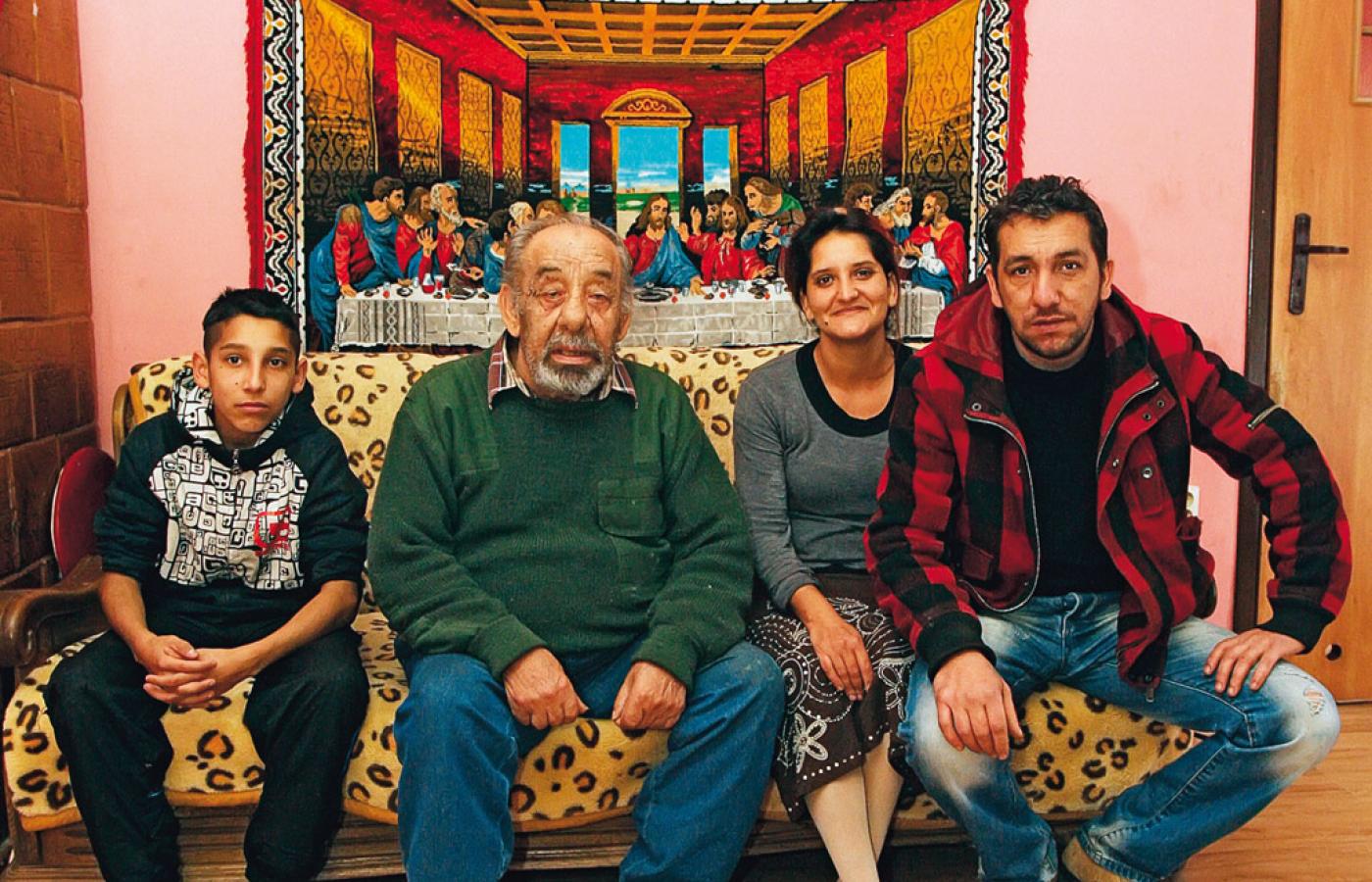
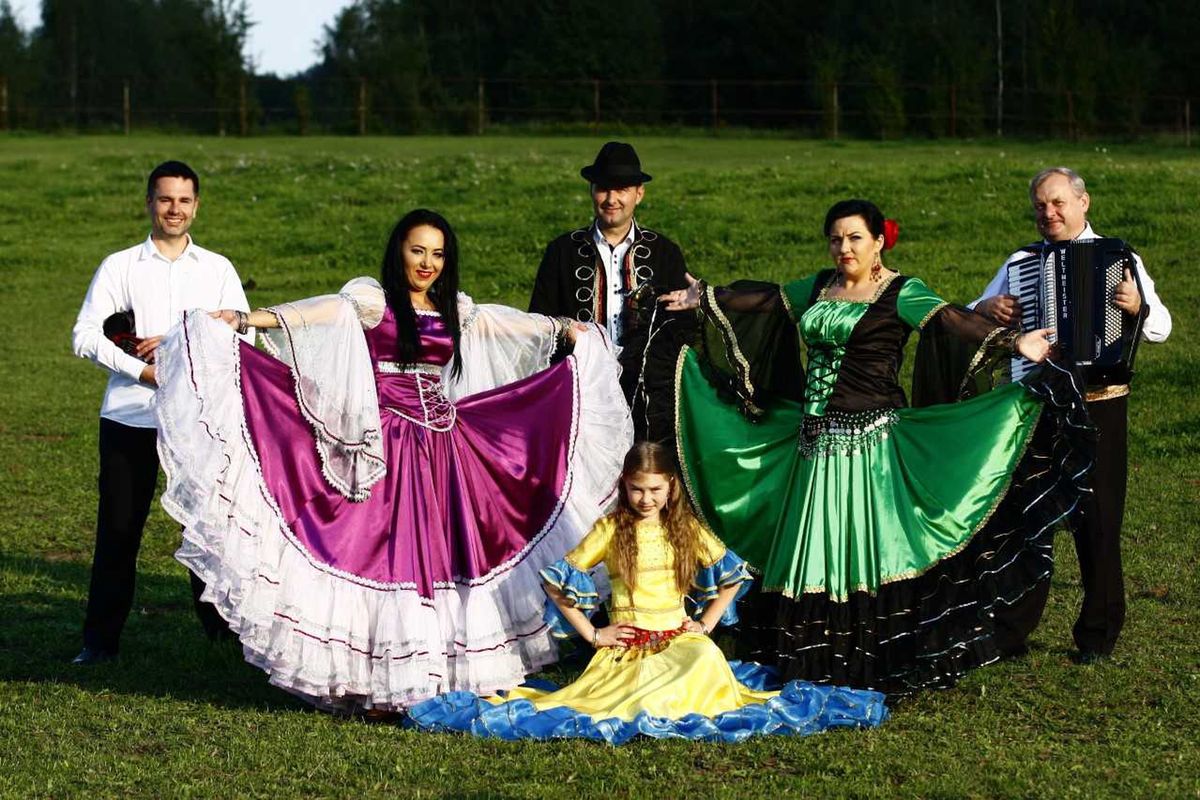
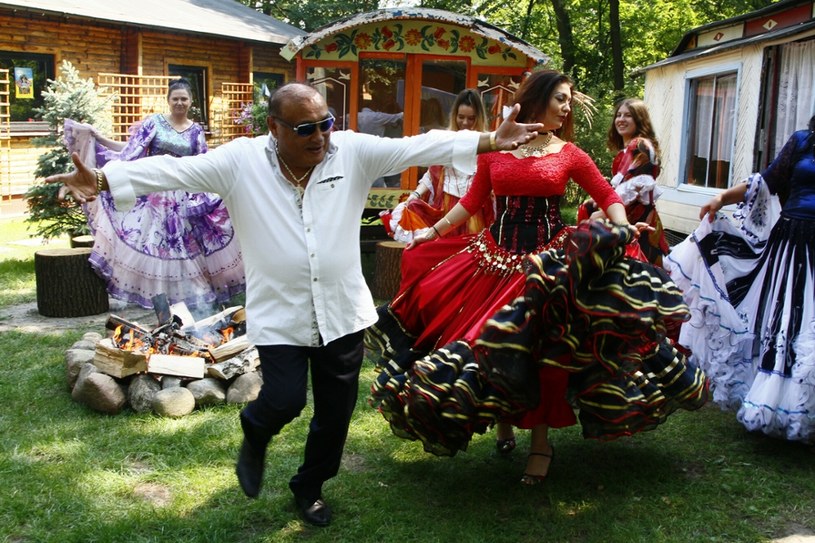
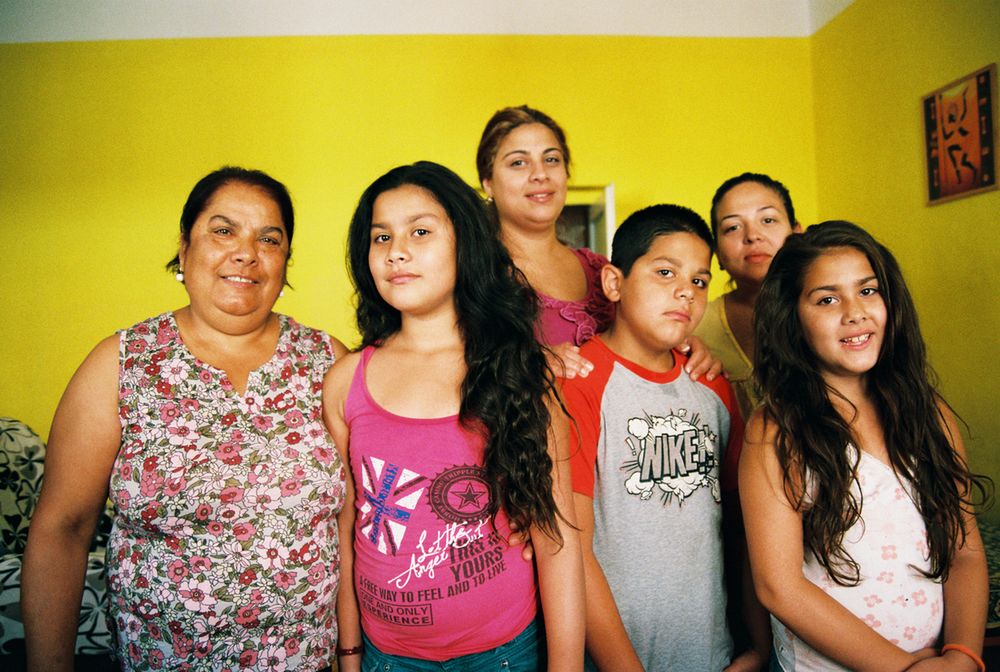
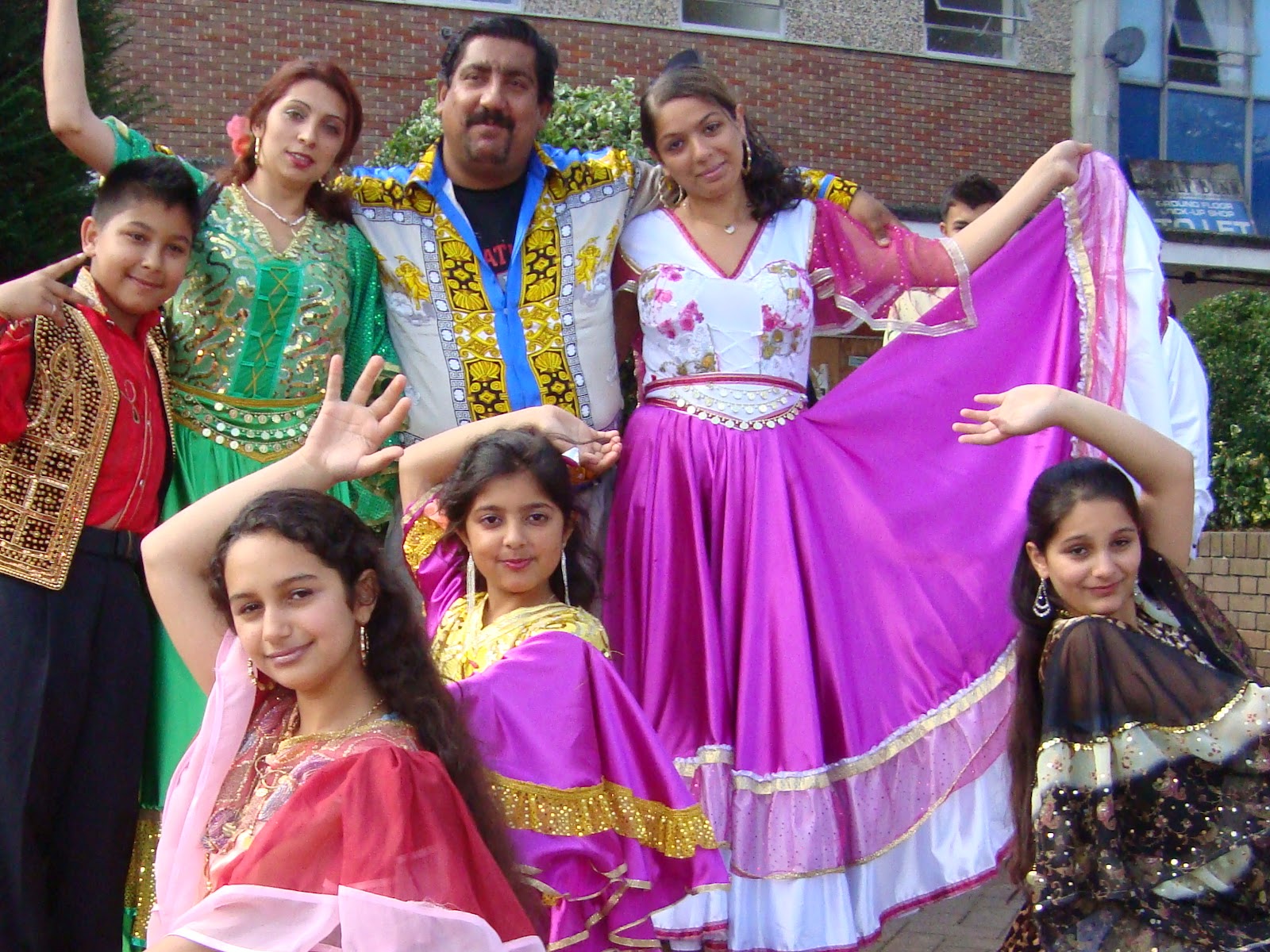
Poland is home to different ethnic and religious minorities, all of whom are an important part of its history and current social make-up. Here is a closer look at the status of the Roma community of Poland today.
Who are the Roma?
The Romani people, also known as the Roma, are an ethnic minority group in Poland. The Roma people include multiple subgroups like the Polska, Kalderash, Lovari and Bergitka Roma. The Polska Roma (Poland Roma) are currently the largest subgroup. In the 2011 census, 12,560 people claimed to be Roma, and 17,049 considered Roma as either their primary or secondary ethnicity. It is estimated, however, that there are around 50,000 Roma in Poland.
The Romani people in Poland date all the way back to the 15th century, having arrived sometime between 1400 and 1500. The Romani language is composed of several different dialects, all influenced by Slavic languages. The Polish language has had a large influence on the Romani language specifically, as 12.5% of Polska Roma’s and 21.5% of Bergitka Roma’s vocabulary is derived from Polish words.
The Roma people were persecuted during the Holocaust by the Nazi Germans, and they also experienced alienation during the communist era. In the post-communist era, many societal and economic advancements were made. Today, this group still faces hardships. Evidence shows the Roma have difficulty in obtaining quality housing, struggle with high unemployment rates, and experience violence and societal ostracisation.
Roma in Polish society
Roma society in Poland is created around a set of cultural principles known as the ‘Romanipen’. This is a complicated concept of Romani philosophy that includes the totality of Romani spirit, culture, law, being a Rom, and a set of Romani rules. In accordance with Romanipen, the Roma community is discouraged from sharing their cultural values or language with non-Roma people.
They are also discouraged from resolving disputes externally. In Poland, the Roma have a distinct internal judicial system, which has a court called the Romao Celo, and a prevailing authority called the Sero Rom. Only the Roma are subject to this court.
There have been no Romani people included in the Polish parliament to date. However, as a recognised minority group, they hold constitutional rights to determine their own cultural and traditional values.
Roma culture in Poland
One annual Romani tradition in Poland is the Romani Caravan of Memory. This ritual has been put on by the Bergitka Romani since 1996 as a way to memorialise and honour the memory of the Roma who died in the Holocaust.
Starting on 23rd July, horse-drawn caravans travel through the land surrounding Tarnów, stopping at the villages of Żabno, Bielcza and Szczurowa. In each village, ceremonies are held at local cemeteries for the victims of the Holocaust, or Porajmos (which means ‘The Devouring’ in the Romani language). The central stop of the caravan is Szczurowa, where the massacre of ninety-three Romani people in 1943 is commemorated.
The Caravan of Memory represents more than just a tragic moment in history for this group. It is a place for families to gather, where they can listen to services held by Father Stanisław Opocki, the Tarnów Diocese’s Pastor of the Roma Community. It is also an event to honour life, social integration and cultural exchange. This event brings in family and friends from all over southern Poland, but also from abroad. The moving carts are accompanied by Roma musicians, who then perform at the campsites. People can stay overnight there, either in the carriages or tents, where nights are spent around a fire with dancing, music and storytelling. Adam Andrasz, one of the initiators of the caravan points out that visitors are welcome to join’, on the grounds of polite behaviour and mutual respect: They are guaranteed a warm meal and a good time getting to know Romany food, music and traditions’.
Another Roma tradition is the pilgrimage to the Holy Mary of Rywałd in Rywałd Królewski. This is the only Roma religious pilgrimage destination in Poland, and has been since 1930. The church holds a figure of the mother of Jesus Christ that was carved in the 14th century. Over the centuries, the Holy Mary of Rywałd became famous due to numerous miracles. According to the most common tale, a Roma woman or her child was miraculously healed thanks to the Holy Mary of Rywałd in or about 1930. The woman had nothing with which to offer thanks, so she cut a tress of her hair and left it on the altar or by the monastery well. It is said that Rywałd inhabitants suspected that the hair was a ‘Gypsy’ votive offering, which the sanctuary caretakers used for making wigs for the characters of the Holy Mary and Child Jesus. Another version says that the hair was hung by the well but disappeared during the Second World War. Since that time, the figure of Mary was given the nickname of ‘Holy Mary of the Gypsies’. Since the mid-1990s, regular pilgrimages to Rywałd have been organised every summer by the National Priest of Roma, Stanisław Opocki on the second Sunday in June. Also, An annual church fair is held at the culmination of the pilgrimage in September the Sunday after 8th September, the Nativity of Holy Virgin. The church is open to the public during regular hours and mass is held daily.
Poland is also home to some famous Roma. The most famous Polish Roma is the poet and singer Bronisława Wajs – more commonly called by her Roma name, Papusza. One of her poems was presented to John Paul II during an official visit of the Association of the Roma in Poland to the Vatican in 1994. Her poems are also widely used at commemorative ceremonies honouring the Roma in the Holocaust, as a way to invoke a more inclusive Roma identity. A movie about her life, called Papusza, was made in 2013, directed by Joanna Kos-Krauze and Krzysztof Krauze.
Another famous name is Alfreda Markowska or Noncia (her Romani name), a Polish Roma woman who survived a pogrom during the war – and saved as many as 60 Roma and Jewish children from being killed or transported. In 2006, President Lech Kaczyński honoured her with the Order of Polonia Restituta, ‘for heroism, extraordinary courage, and a special contribution to saving human lives’.
Poland is also the main meeting point for the International Roma Youth Network. Since 2010, this organisation has organised youth meetings in Kraków and at the site of Auschwitz-Birkenau for Roma Holocaust rememberance. On the 70th anniversary of the destruction of the Roma and Sinti camp, they organised one of the biggest commemorative events in history, gathering more than 1,000 young Europeans from 25 countries.
Learning about the Roma in Poland
A great place to learn and appreciate the Roma is at the permanent exhibit of Roma culture and history at the Ethnographic Museum in Tarnów. This exhibit has been open to the public since 1979, and at a separate building since 1990. The director of this museum, ethnographer Adam Bartosz, has also written an informative book on the Roma called called Nie Bój Się Cygana / Na Dara Romestar (Don’t Be Afraid of the Gypsy), published by Pogranicze, with an updated edition in 2004.
The Ethnographic Museum in Tarnów also works in partnership with the Społeczno-Kulturalne Stowarzyszenie Romów (Socio-Cultural Roma Association), which was founded in 1963. The director of the association, Adam Andrasz, initially started the Caravan of Memory with Bartosz. They both still work as the caravan’s organisers and spokespeople.
Additionally, Andrasz runs Poland’s only Roma restaurant, which is called Ke Moro. His restaurant can be found in Tarnów at 13 Żydowska Street. He also continuously supports social projects aimed at increasing the quality of education for Roma children.
In 1997, after years of hard work by the Association of Roma in Poland and the German Roma and Sinti, a permanent exhibition to the Roma Holocaust opened in Block No. 13 of the Auschwitz-Birkenau State Museum, the memorial site of the Nazi German Auschwitz concentration camp. Back in 1993, Księga Pamięci: Cyganie w KL Auschwitz-Birkenau (Memorial Book: Gypsies in the Auschwitz-Birkenau Concentration Camp) was published by the Auschwitz-Birkenau Museum Press.
Polish Roma history is often overlooked by those interested in Poland's multicultural past. It is worth filling in this important gap in Polish history.
Written by Claire Brady, Aug 2021
Published: Nov 9 2021
Last updated: Mar 11 2022










